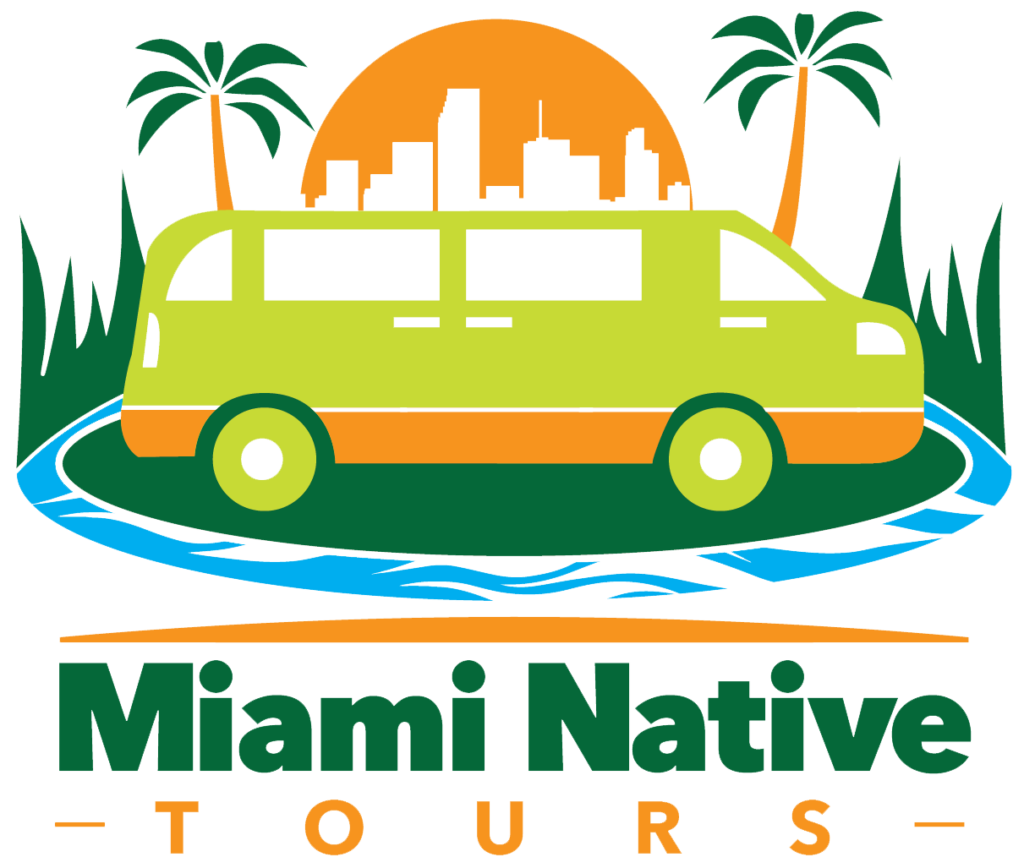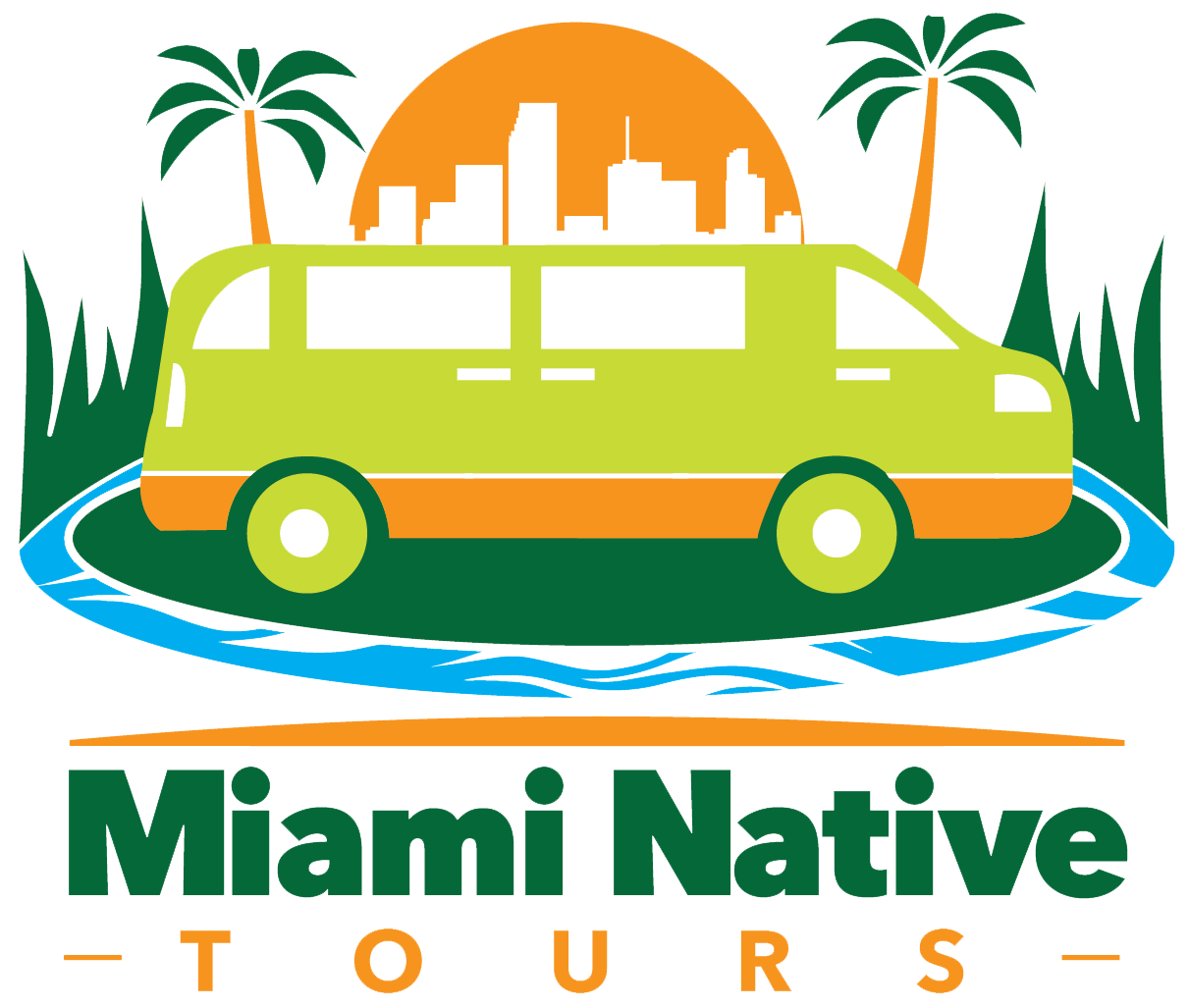Black Miami is Beautiful
Explore the Rich Black History of Miami
Celebrate and Learn
Miami's History in Civil Rights
The Black Miami is Beautiful Tour explores Miami's most scenic and historic locations, highlighting the rich black history of Spanish Florida. In the 1600s, the King of Spain declared Florida a “Slave Sanctuary,” meaning the Underground Railroad went south way before it went north. In the early 1800's, Florida became a refuge for Africans and Native Americans fleeing Andrew Jackson's armies.
The tour sheds light on Miami’s significant but often overlooked contributions to the civil rights movement in the 1950s and 60s, focusing on 3 civil rights leaders from the Bahamas and a Black Seminole. Olde Miami was built by Bahamians and financed by millionaires from Cleveland, Chicago and Indianapolis, while modern Black Miami is known for its massive immigration from Haiti and Cuba. Haiti is a much misunderstood nation with devastating US foreign policy blunders. Extra time is needed in Little Haiti to dive deeper into the cultural roots that caused so much misfortune.
The tour explores the diverse cultural tapestry throughout Dade County, however, our stops at the Hampton House, Georgettes Tea Room and the Black Police Precinct are uniquely American stops. Also unique was the strong Jewish/Black Miami alliance in the civil rights struggle.
Warning! Completing everything listed would take 8 hours. Pick and choose what interests your group the most. Recommended times are listed for each neighborhood. If you can do the lighthouse and Virginia Key beach on your beach day, it saves an hour++ .
Discover Iconic Black Miami Neighborhoods
Each 4-hour tour includes 2-3 stops, covering:
- Coconut Grove
- Overtown
- Liberty City
- Little Haiti
- Brownsville
- Key Biscayne and Virginia Key
Sites
- Hampton House (Guide w/ fee)
- Black Police Precinct (Guide w/ fee)
- Georgette’s Tearoom (Guide no fee, contributions welcome)
- Lyric Theater (if open)
- Haitian Heritage Museum
- Key Biscayne Lighthouse
- Virginia Key Beach
Brownsville: A Journey Through Historic Landmarks
- Brownsville’s Historic
Hampton House, the filming location for “One Night in Miami,” is a key highlight of the tour. A green book hotel filled with memorabilia from the 1950’s and 60’s.
- Georgette’s Tea Room, a 1940's Bed and Breakfast for blacks where Billie Holliday had a permanent room.
- Lincoln Memorial Cemetery a Bahamian style cemetery where many of Miami founding black families are buried.
- Explore large scale
“renewal” projects by the Related Group that have taken over Brownsville and Liberty City.
Liberty City
The heart and soul of today's black community in Miami.
- Demolition of Liberty Square aka Pork n Beans
- The new Liberty Square and all the massive Related Group projects
- Lemon City Cemetery
- Partially standing apartheid wall
- Orchid Villa school. The first integrated school in Miami.
- Muhammad Ali’s humble home
- Mosque that Ali and Malcolm frequented
- Church of the Open Door (built by civil rights icon Dr. John Brown)
- Remaining damage from the 1980 McDuffie riots
Recommended Time: 30-60 minutes
Rediscovering Overtown
Overtown, once the vibrant center of Miami’s Black community, faced significant challenges when the construction of the I-95 highway nearly decimated the area.
Today, however, Overtown is experiencing a cultural and economic revival.
New residential buildings, restaurants, and the influence of Wynwood’s growth are fueling this resurgence. Key historical landmarks and the area’s 1890s-era churches continue to highlight Overtown’s rich and enduring legacy.
- Lyric Theater
- Black Police Precinct ($10 entrance fee)
- Dana Dorsey house
- Dorsey baseball field
- Lil Greenhouse grill (lunch)
- Red Rooster
(lunch)
Exploring Bahamian Coconut Grove
Bahamian Coconut Grove, also known as "West Grove", is home to many 4th and 5th generation families who continue to preserve the neighborhood’s rich history.
- The cemetery made famous in Michael Jackson’s Thriller video
- Apartheid wall
- Iconic Shotgun homes
- Father Gibson’s church
- G.W. Carver K-12 school
- The Stirrup House
- The Brown house
For a full experience, we recommend spending 30-45 minutes exploring both West Grove and neighboring Black Gables.
Coral Gables’ Historic Legacy
A Black neighborhood in Coral Gables? Wasn’t that illegal?
Despite the historical restrictions, Coral Gables did, in fact, have designated areas for its Bahamian workers. George Merrick, the founder of Coral Gables, set aside two areas across US1 for his employees.
Today, these neighborhoods are marked by distinctive white stone street signs.
While few of the original Shotgun homes remain, the rich history of these areas is still evident.
Explore Wynwood’s Vibrant History
Wynwood stands out as a top destination on any tour, renowned as the graffiti capital of the world. Originally a Puerto Rican barrio. Pictured is Roberto Clemente park, the iconic leader of the first all-Black Pittsburgh Pirates team to win a World Series. You can see how Wynwood lies in the shadows of Edgewater condos on Biscayne Bay.
Wynwood garment factories shut down long ago, but its strategic location is behind its revival as an arts mecca. Access to Wynwood Walls now requires pre-registration and a fee, killing that Wynwood Walls buzz. However, the neighborhood remains dazzling and vibrant.
Recommended time: 20 minutes in Wynwood without stops, or an hour if you plan to explore more in-depth.
Discover Bill Baggs Lighthouse, a National Underground Railroad Monument
Spain declared Florida a slave sanctuary in 1693, proof the Underground Railroad went south before it ever went north. Bill Baggs Lighthouse stands as a National Underground Railroad Monument, though its hours of operation can be tricky. From its vantage point, the lighthouse offers stunning views of Stiltsville and the vibrant reefs of Biscayne National Park. Historically, this area served as a crucial escape route for Africans and Native Americans fleeing oppression, seeking refuge in the Bahamas or Cuba to avoid being returned to slavery or forcibly relocated on the Trail of Tears.
For a thorough visit, we recommend a full hour, or more if you plan to combine your trip with a visit to Virginia Key Beach.
TIP: This is a very historical and scenic site, but very time consuming. If there are two sites you are better off visiting on your own, the Key Biscayne lighthouse and neighboring Virginia Key beach are worth a beach day.
Honoring Civil Rights Leaders: Father Gibson, Athalie Range and Dr. John Brown
Father Gibson, born in the Bahamas, was a prominent civil rights leader with influential churches in Coconut Grove and Overtown. And his wife Thelma Gibson was the first nurse to cross a Miami hospital's color line.
Athalie Range was born in Key West to Bahamian parents. She gained recognition as a civil rights leader and was notably present in President Carter’s limousine when it was struck by rocks following the McDuffie riots.
Dr. John Brown was Black Seminole from Oklahoma, an opthamologist, moving to Miami in 1955. He led C.O.R.E., the Congress of Racial Equality, an alliance between Jewish and black activists, and was part of Rev Mundy's group of WWII veterans that did the first wade in at Haulover beach, forcing the city to open a "Colored beach".
All played pivotal roles in advancing civil rights in Miami and are highlighted on the tour.
Exploring Liberty Square: The Changes in Liberty City
In the heart of Liberty City lies the former Pork n Beans, now known as Liberty Square, which has been replaced by modern apartments. The original site is now deserted.
We are interested in understanding what the Related Group received in return for their impressive work on Liberty Square. Large scale Related projects are found throughout Liberty City and Brownsville.
Little Haiti, Little River, and Lemon City
Little Haiti, just a few years ago, was called "Lemon City". The tour can be tweaked so we dive further into Little Haiti, because Haiti's history w the US is so intertwined, misunderstood, and important as the first and only free black nation in the Americas.
The remnants of Lemon City, even older than Coconut Grove, are gone. The Buena Vista neighborhood, once known for its elegant 1920s homes, and the area just to the north, became a vibrant Haitian community in the 1980s.
Today, Little Haiti is undergoing massive gentrification, getting pushed north. And Little River is going thru the largest makeover in Miami's history by the Swerdlow Group, a makeover that dwarfs the Related Group.
Sites include:
- Little Haiti Cultural Center
- Haitian Heritage Museum
- My old Curley High School
- Chef Creole (lunch or snack)
- Lemon City Cemetery
Why Muhammad Ali Holds a Special Place in Miami’s History
Why does the Black Miami is Beautiful tour emphasize Muhammad Ali?
In Miami, we like to say that while Cassius Clay was born in Louisville, Muhammad Ali was born in Miami. This local pride highlights the deep connection we feel to the legendary boxer and his impact on our community.
The Iconic Fight in Miami: How Cassius Clay’s Politics Shaped Boxing History
Miami is the site of the historic boxing match where Cassius Clay defeated Sonny Liston in one of the most famous fights in history.
The FBI, concerned about Clay’s new alliance with Malcolm X and his affiliation with the Nation of Islam, even considered canceling the fight at the Miami Beach Convention Center due to these political tensions.
Muhammad Ali’s Home: A Simple Landmark on the Black Miami is Beautiful tour
On the Black Miami is Beautiful tour, we always pass by Muhammad Ali’s home while traveling from Brownsville to Liberty City. It’s a very simple house, offering a modest glimpse into the life of one of boxing’s greatest legends. Youtube has some or all of the Made in Miami documentary.
Spanish Florida’s Legacy: Freedom and Resistance in Early American History
Spanish Florida marked the beginning of Black history in the United States in 1513 with Juan Garrido, a native of the Congo, who accompanied conquistador Ponce de León in claiming La Florida for Spain.
In 1693, Spanish Florida was declared a “Slave Sanctuary,” allowing escaped slaves from British America to live freely if they converted to Catholicism, baptized their children, and defended Florida against British attacks. Despite this sanctuary status, slavery was still present in the region.
Founded in 1565, St. Augustine had a predominantly native and African population, including escaped slaves, refugees from other Spanish colonies in the Caribbean, and a few Spanish settlers. A black township named Gracia Real de Santa Teresa de Mosé was established a mile north of the city to protect it from British invasions; today, it is known as Fort Mosé.
Visiting Fort Mosé state park provides a different perspective on Florida’s history compared to what is typically taught by Tallahassee.
Uncovering the Truth: Spanish Florida, the Black Seminoles, and Andrew Jackson
The rich 300-year history of Spanish Florida, including its Native American and African heritage, has been largely overshadowed by Tallahassee’s narrative. Under General Andrew Jackson, the United States launched attacks and seized both East and West Florida from Spain, leading to 50 years of conflict known as the Seminole Wars. Jackson’s true motive was to recapture escaped slaves for his allies, a fact he obscured by portraying the conflict as a battle against "savage natives" to justify his actions.
During these wars, Africans integrated with various tribes such as the Upper Creeks, Lower Creeks, Red Stick Creeks, and Miccosukee, who were forced into Florida while resisting the U.S. Army. This was the first conflict in which Americans faced a protracted and unsuccessful campaign, revealing the complex and often overlooked history of resistance and cultural fusion in the region.
Resetting Your Understanding of Black History in America
Our rich Native American and African history has been significantly overlooked by Tallahassee’s narratives. For those traveling down the state to Miami, a visit to St. Augustine is essential.
It offers an opportunity to reset and broaden your understanding of Black history in America, providing a more comprehensive perspective on these crucial historical experiences.
Recommended books and movies before coming to Miami.
Made in Miami. Muhamadad Ali. partly available on YouTube
Moonlight movie Academy Award for best picture 2016
Ali movie w Will Smith
Johnhorse.com website explaining Florida's Native American and Black history
South of the South Book my Dr. Raymond Mohl highlighting the Jewish/Black Alliance






